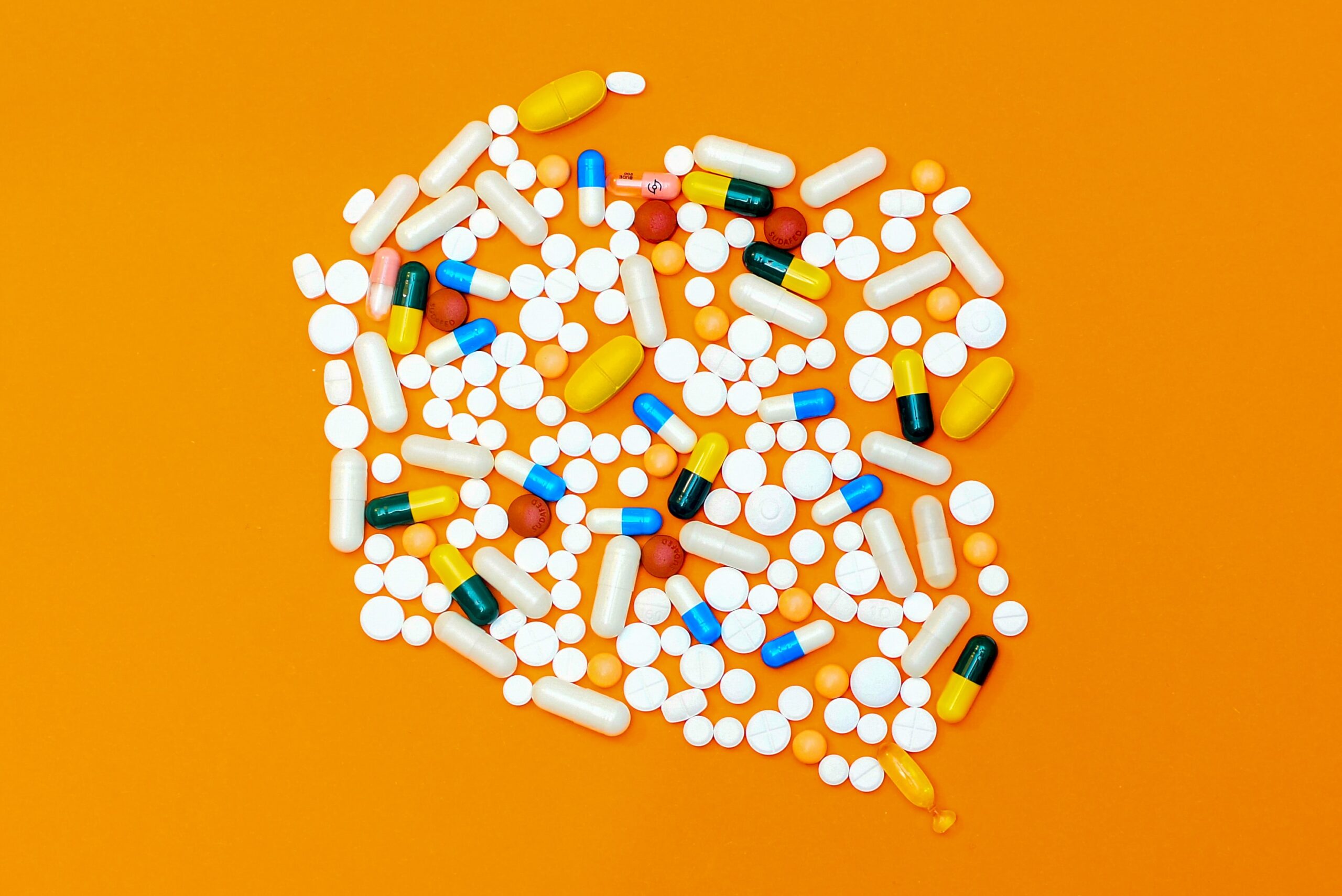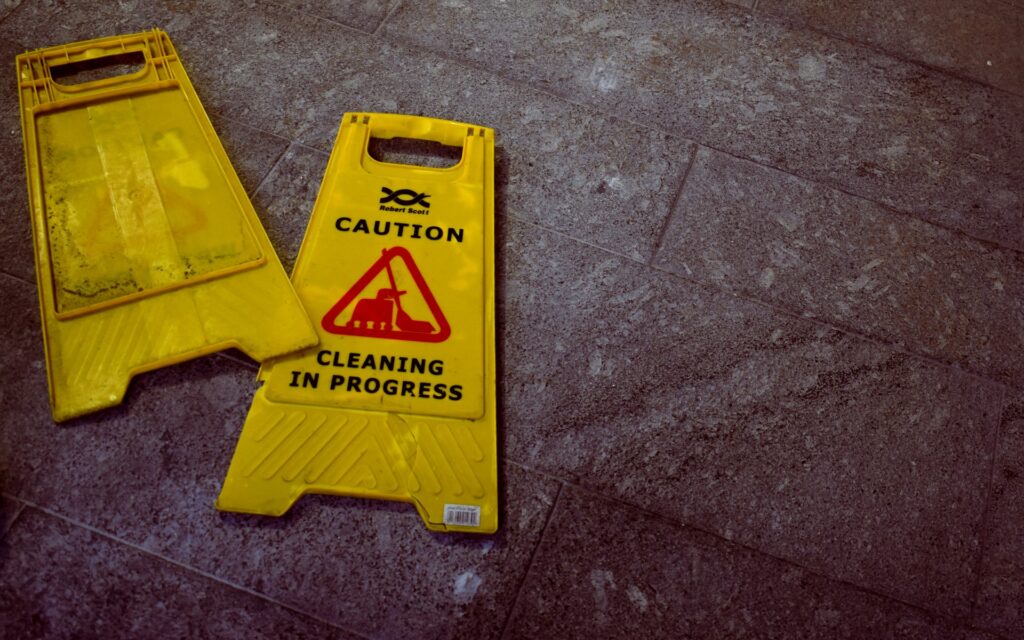Drug
The terms ‘drug’ and ‘medicine’ essentially mean the same thing. ‘Drug’ is used more often than ‘medicine’ in the USA as the US Food and Drug Administration (FDA) uses this term. In Europe ‘medicine’ is more common as it is the term agencies such as the Medicine and Healthcare Products Regulatory Agency (MHRA) in the UK and the European Medicine Evaluation Agency (EMEA) use. Most often, especially in the USA, the term ‘drug’ refers to psychoactive products that produce pleasurable sensations. The non-medical use of illicit psychoactive products is a big social problem around the world.
The Federal Food, Drug, and Cosmetic Act of 1938 defines drugs as ‘articles intended for use in the diagnosis, cure, mitigation, treatment, or prevention of disease’ and ‘articles (other than food) intended to affect the structure or any function of the body of man or other animals. Here ‘articles’ is used to refer to any substances, whether chemical substances or biologics. In our articles, ‘drug’ and ‘medicine’ are used interchangeably to refer to the same item, although strictly speaking ‘drug’ refers to active pharmaceutical ingredients (APIs), which are always embedded with certain information, such as pharmacological effects, safety, and usefulness.
In the marketplace, there are two categories of drugs: prescription-only drugs and non-prescription drugs. A prescription drug or prescription-only medicine (POM) is only available with a doctor’s prescription. These drugs are safe and appropriate if a doctor prescribes them. For example, antibiotics, steroids, and cardiovascular drugs are all POMs. Non-prescription drugs, commonly known as over-the-counter drugs (OTCs), are available without prescriptions. The long-term safety of OTC drugs has been established, so they can be sold over the counter. Paracetamol and aspirin have long been OTC drugs, and ranitidine (Zantac) is a recent addition to the OTC list.
A ‘medicine’ is simply a formulated drug made using APIs and excipients (non-APIs). The excipients are also chemical substances but have no pharmacological function and help to produce a particular dosage form, such as a tablet or capsule. Excipients are indispensable in drug manufacture as without adding them to an API, no formulation of the drug is possible for mass scale production. Different excipients are used, depending on the dosage form.
During the period when the majority of drugs were of natural origin, the technology of pharmaceutics was divided into two stages: firstly the extraction of the naturally occurring material to yield a standardized galenical, such as a liquid extract or tincture, and secondly the compounding of various galenicals with medicinal chemicals and excipients to provide the dispensed medicine.
The formulation now begins in a research laboratory prior to the stage of clinical trial, the safety and probable efficacy of the drug having been assessed from the results of tests on experimental animals. At this time the pharmacist is in close contact with chemist, biologist and clinician and is thus in a position to obtain details of the physical and chemical properties of the new compound, also the proposed method of administration.
Bulk drugs, or active pharmaceutical ingredients (APIs), are the key components of the medicines we consume. Without APIs, pills and tablets would simply be placebos, which are also used in clinical trials to determine the effectiveness of a drug. The term ‘bulk drugs’ refers to the API or active pharmaceutical raw material from which different dosage forms are made.
An API is defined by the International Conference on Harmonization of Technical Requirements for Registration of Pharmaceuticals for Human Use (ICH) guidance, Q7A, as:
any substance or mixture of substances intended to be used in the manufacture of a drug product and that, when used in the production of a drug, becomes an active ingredient in the drug product. Such substances are intended to furnish pharmacological activity or other direct effect in the diagnosis, cure, mitigation, treatment or prevention of disease or to affect the structure and function of the body.
The most important criterion for API is its purity. The identities, purity, and stability of bulk drugs or APIs are essential. The quality of bulk drugs must conform to pharmacopoeial specifications. The API is used in the production of formulated drugs, which the pharmacists, chemists, and druggists ultimately sell to customers. Thus the bulk drug industry is actually a chemical industry, built and operated according to pharmaceutical current good manufacturing practice (cGMP).
‘Bulk drugs’ include synthetic and semi-synthetic chemical products, biological or biotechnological products, recombinant DNA products, and radioactive products.
A dosage form is a physical form of a final pharmaceutical preparation based on therapeutic intention, route of administration, and dosing.
Most APIs are in solid form, possibly crystalline or powder. We need small amounts of APIs, usually in the range of 5–500 mg, every time medicine is made. There are even drugs that need less than 1 mg of an API. We need dosage forms to ensure patients take the right amount of a drug in the correct form, depending on the requirements of the patient. For example, a patient in the emergency room of a hospital needs a drug immediately but is unable to take medicine orally. The parenteral (injectable) form is appropriate as it acts quickly. Some children cannot swallow pills, so they are given liquid dosage forms or chewable candy forms.
The reasons for having different dosage forms are:
- Inhalation therapy.
- Topical use.
- Extended drug action.
- Quick drug action option.
- Easy identification of drug.
- Masking bad taste.
- Variety of dosage forms.
- Convenient delivery.
- Safe delivery.
- Safe delivery.
- Delivery of very small amount of drug (<1 mg).
- Stable undegraded drug.
- Protection from environment.
- No destruction from gastric acid.
- Liquid dosage form for easy administration.
Dosage forms, such as solid dosage forms (tablets or capsules) or liquid dosage forms (syrup or suspension), are made using the API and excipients, so they are convenient for patients and can be produced on a large scale.
Dosage forms:
- SOLID DOSAGE FORMS: tablets or capsules.
- SEMISOLID DOSAGE FORMS: ointments, creams and gels.
- LIQUID DOSAGE FORMS: syrups.
Sources:
- An Introduction to Pharmaceutical Sciences, Production, Chemistry, Techniques and Technology, Jiben Roy
- An Introduction to Pharmaceutical Formulation, A. G. FISHBURN.
- Pharmaceutical Manufacturing Handbook, Production and Processes, SHAYNE COX GAD, PH.D., D.A.B.T.




